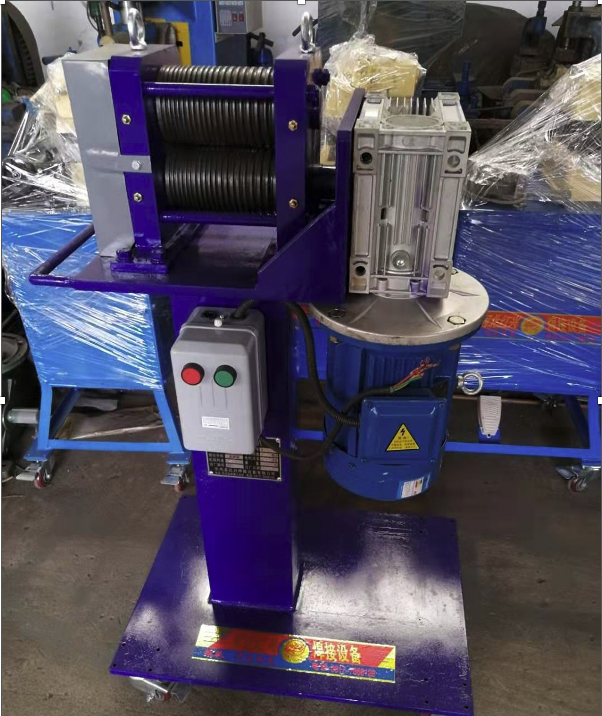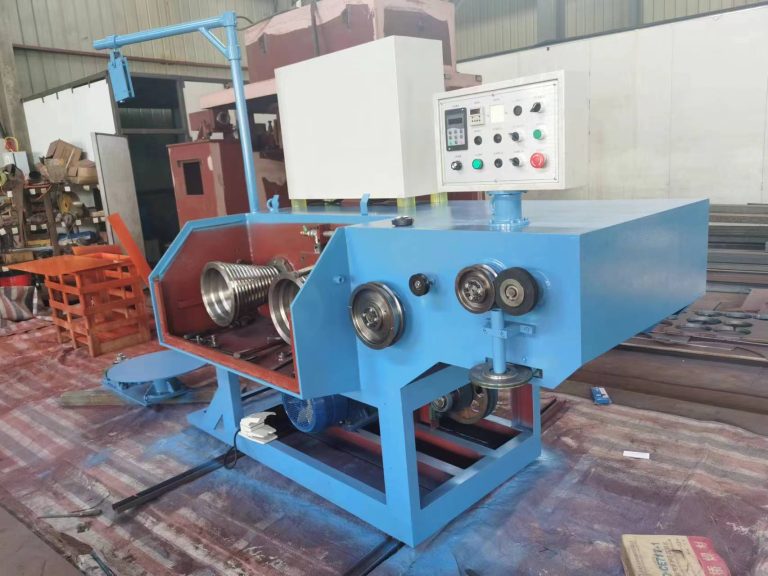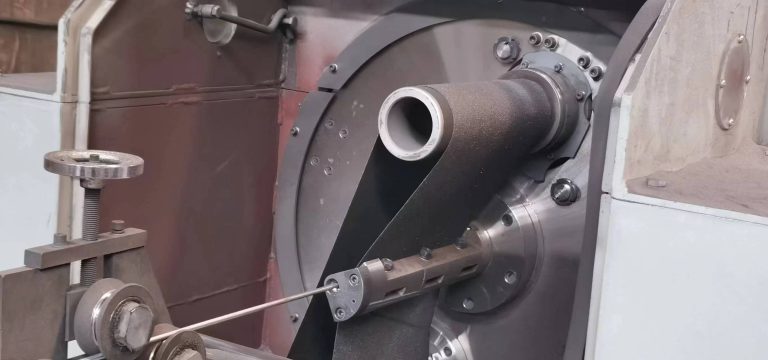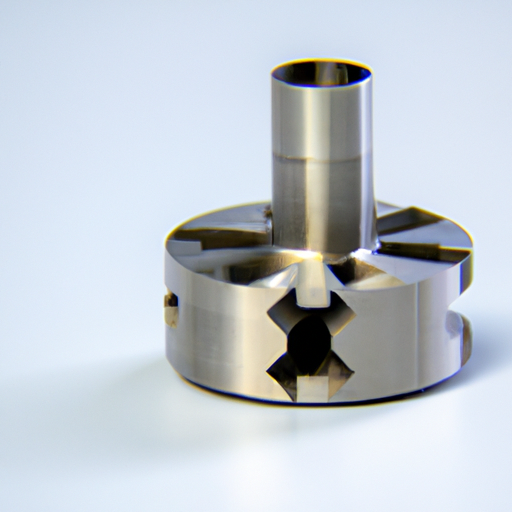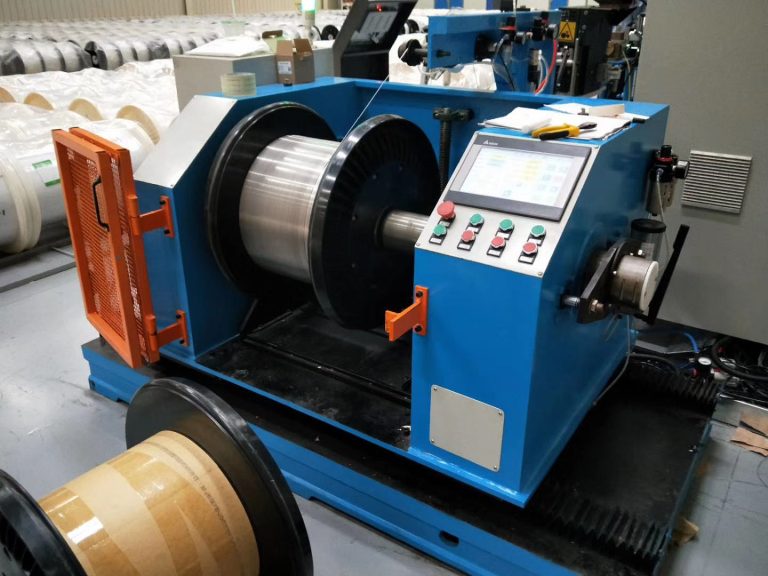Table of Contents
How to Properly Maintain and Troubleshoot Wire Butt Welding Machines
Wire butt welding machine are essential tools in various industries for joining wires together. These machines use a process called resistance welding, where two wires are pressed together and an electric current is passed through them to create a strong bond. Proper maintenance and troubleshooting of these machines are crucial to ensure they operate efficiently and produce high-quality welds consistently.
One of the most important aspects of maintaining wire butt welding machines is keeping them clean. Dust, dirt, and debris can accumulate on the machine’s components, leading to decreased performance and potential damage. Regularly cleaning the machine with a soft brush and a mild detergent can help prevent these issues. It is also important to inspect the machine for any signs of wear or damage, such as loose connections or worn-out parts, and replace them as needed.
In addition to cleaning and inspecting the machine, it is essential to lubricate the moving parts regularly. This helps reduce friction and wear, prolonging the machine’s lifespan and ensuring smooth operation. Using the manufacturer-recommended lubricants is crucial to prevent damage to the machine’s components.
Another important aspect of maintaining Electroweld Wire Butt Welder is calibrating them regularly. Calibration ensures that the machine is operating at its optimal performance level and producing high-quality welds. It is recommended to calibrate the machine at least once a year or more frequently if it is used heavily.

Proper troubleshooting of wire butt welding machines is also crucial to identify and resolve any issues that may arise during operation. One common issue with these machines is poor weld quality, which can be caused by various factors such as incorrect settings, dirty electrodes, or worn-out parts. By systematically checking each component of the machine and adjusting settings as needed, operators can often resolve this issue.
Another common issue with wire butt welding machines is overheating. This can be caused by a variety of factors, such as overloading the machine, poor ventilation, or a malfunctioning cooling system. By monitoring the machine’s temperature and ensuring proper ventilation, operators can prevent overheating and prolong the machine’s lifespan.
In some cases, wire butt welding machines may experience electrical issues, such as short circuits or power surges. These issues can be challenging to diagnose and resolve, but with the help of a qualified technician, operators can often identify the root cause and implement the necessary repairs.
Overall, proper maintenance and troubleshooting of wire butt welding machines are essential to ensure they operate efficiently and produce high-quality welds consistently. By following these tips and guidelines, operators can prolong the lifespan of their machines and minimize downtime due to maintenance issues. Investing time and effort in maintaining and troubleshooting these machines will ultimately pay off in the form of increased productivity and reduced costs in the long run.
Benefits of Using Wire Butt Welding Machines in Industrial Applications
Wire Butt Welder Machinery are a crucial tool in industrial applications, providing numerous benefits that help improve efficiency and productivity. These machines are designed to join two pieces of wire together by applying heat and pressure, creating a strong and reliable bond. In this article, we will explore the various advantages of using wire butt welding machines in industrial settings.
One of the primary benefits of using wire butt welding machines is the ability to create high-quality welds consistently. These machines are equipped with precise controls that allow operators to adjust the heat and pressure settings to achieve the desired weld strength. This ensures that each weld is uniform and free from defects, reducing the likelihood of failures and rework.
Additionally, wire butt welding machines are capable of welding a wide range of wire sizes and materials, making them versatile tools for various applications. Whether you are working with thin or thick wire, stainless steel, aluminum, or copper, these machines can accommodate different materials and sizes, providing flexibility in production processes.
Another advantage of using wire butt welding machines is the speed at which they can produce welds. These machines are designed to operate quickly and efficiently, allowing for high throughput and increased production rates. This can help companies meet tight deadlines and fulfill customer orders in a timely manner, ultimately improving overall efficiency and profitability.
Furthermore, wire butt welding machines are cost-effective solutions for joining wires in industrial applications. By creating strong and reliable welds, these machines eliminate the need for additional fasteners or adhesives, reducing material costs and simplifying the assembly process. Additionally, the high efficiency and productivity of these machines can help companies save on labor costs and increase their bottom line.
In addition to the financial benefits, wire butt welding machines also contribute to a safer work environment. By automating the welding process, these machines reduce the risk of operator error and injury, ensuring a safer workplace for employees. This can lead to fewer accidents and downtime, ultimately improving overall productivity and employee morale.
Overall, wire butt welding machines offer a wide range of benefits for industrial applications, including high-quality welds, versatility, speed, cost-effectiveness, and safety. These machines are essential tools for companies looking to improve efficiency, productivity, and profitability in their manufacturing processes. Whether you are working with thin or thick wire, stainless steel, aluminum, or copper, wire butt welding machines can help you achieve strong and reliable welds consistently.

